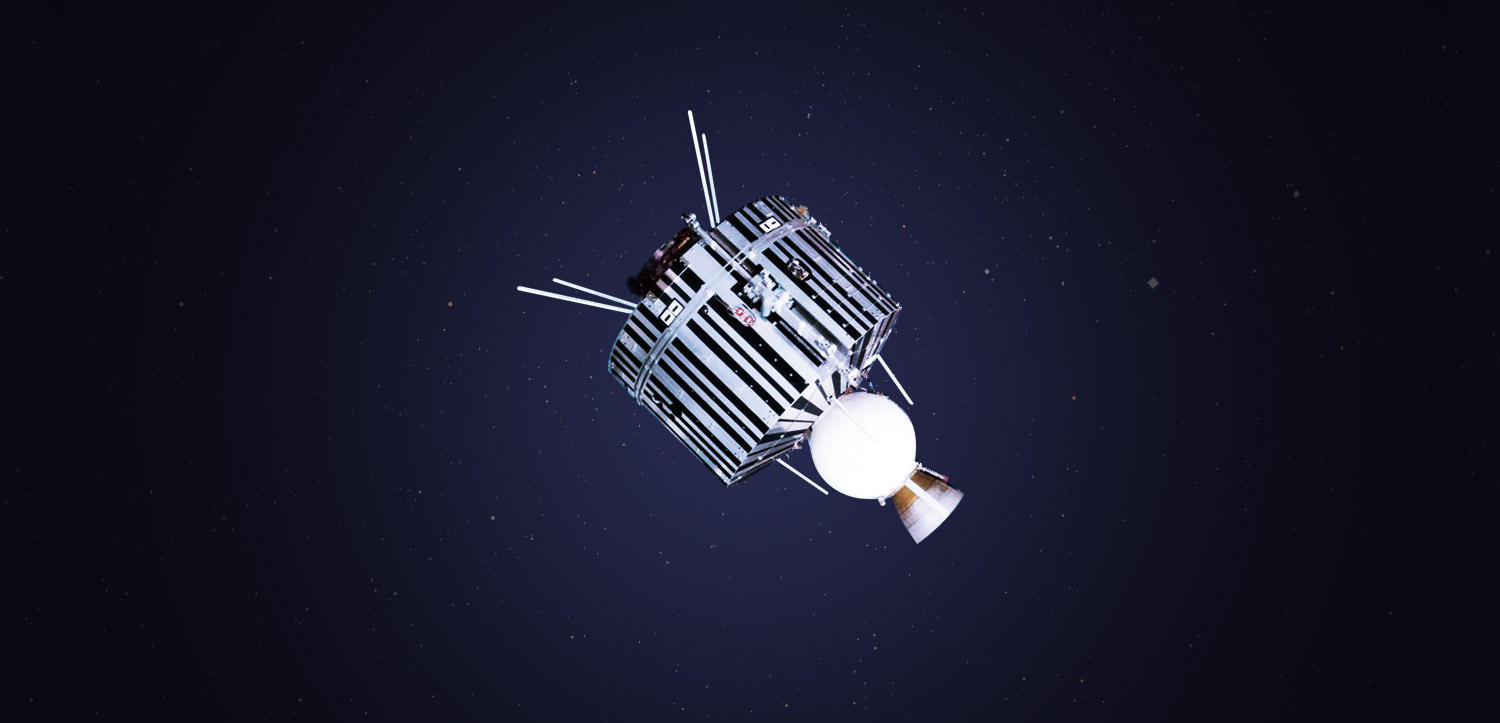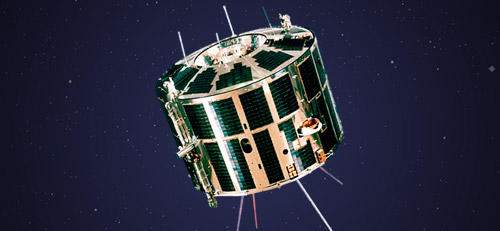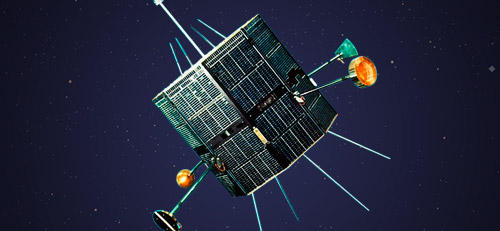| Name (pre-launch in parentheses) | TANSEI-3 (MS-T3) |
|---|---|
| International Designation code | 1977-012A |
| Objectives | Performance test of M-3H rocket, and demonstration of new technologies, such as magnetic-field-aligned, attitude-stabilization method and spin-axis control by cold gas jet, required for the next and subsequent scientific satellites. |
| Launch Date | 14:15, February 19, 1977 (JST) |
| Launch Location | Kagoshima Space Center (Uchinoura) |
| Launch Vehicle | M-3H-1 |
| Weight | 129kg |
| Shape | Near circular cylinder, 931.2mm long from face to face and 800mm high |
| Orbital Altitude | Perigee 790 km, Apogee 3,810 km |
| Orbital Inclination | 66° |
| Type of orbit | Elliptical |
| Orbital Period | 134 min |
| Scientific Instruments | 1.Infrared horizontal line detector 2.Digital sun sensor 3.Geomagnetic attitude meter 4.Cold gas jet instrument 5.Nutation damper 6.Torquing magnet 7.Ultraviolet monitor |
| End of Operation | March 8, 1977 |
| Operation | The plan was to conduct a cold-gas jet experiment in the first week and a magnetic field-aligned stabilization experiment in the second week. A shut-off valve malfunction, however, caused the cancellation of the gas-jet experiment, and instead, the magnetic field-aligned attitude stabilization experiment was conducted. Due to operations performed from the 32nd though 39th revolutions, the maximum angle of the satellite-reference axis to the geomagnetic field line went from 6° to 18° during the 41st revolution. Thus, the magnetic field-aligned attitude stabilization system was demonstrated to function properly. |



